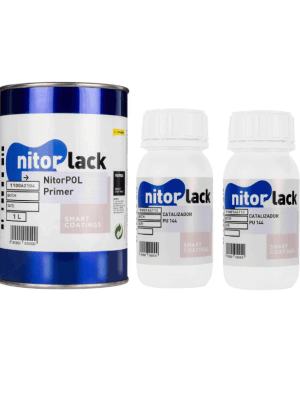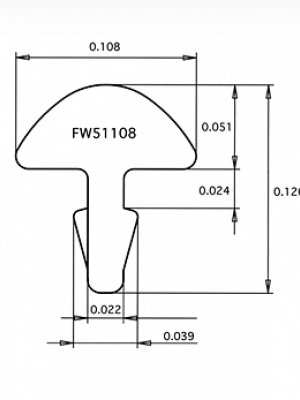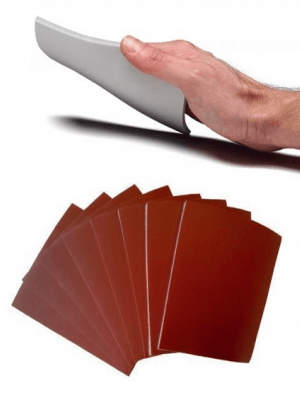NitorLACK Transparent TV Yellow nitrocellulose 400ml spray
Product Overview
NitorLACK Transparent TV Yellow nitrocellulose 400ml spray
Introducing TV Yellow
TV Yellow, an intriguing name for a Gibson colour.
In 1954 Gibson launched the Les Paul Junior as an affordable student version of the Gold Top model.
Initially available in sunburst, it was soon launched in a peculiar colour called TV Yellow. This finish has a slightly pale yellowish tone and is semi-translucent, so that some of the wood grain shows through.
In 1955, the TV Yellow also appeared on the then-new Les Paul Special model. In 1960 both models changed to the SG body shape and Gibson discontinued the TV Yellow altogether.
There is still a lot of speculation as to why Gibson chose this name for its finish. Some claim that it was chosen specifically to look good on black and white televisions. Or that it was created because ordinary yellow and white did not look good on the (then new) early colour televisions. These theories, though oft-cited, seem far-fetched. It wouldn’t make much sense for Gibson to develop a colour intended for professional musicians performing live on television and then use it for cheaper entry-level models. Therefore, it seems obvious at the time that Gibson would have preferred artists to play their more luxurious Gold Top and Custom models on television.
However, there is another theory that seems more credible. Firstly, the TVs of the early 1950s had wooden cabinets finished in the then fashionable colours, such as “whitewashed mahogany”. This paint was readily available, as it was in widespread use, an advantage for Gibson who planned to mass-produce a basic guitar. The name TV Yellow would be attractive and familiar to the general public in the USA.
Whatever the reason Gibson called it TV Yellow, this finish certainly looks amazing on these 1950s Gibson models. Still, it can be expensive to reproduce accurately and the final tone will depend on a number of factors. A lighter pale yellow colour on a darker mahogany body needs an undercoat, but the wood grain should remain slightly visible.
FAQ
How many sprays do I need to varnish a guitar?
If the surface is well covered and it is not your first painting project, you can do it with a spray can, although you will not apply many coats. However if you are not an expert, recommend using two sprays for an optimal finish.
What temperature should the guitar be at during and after the process?
It is recommended to do it in a place where the temperature is between 15 and 25 degrees Celsius. If the painting or varnishing process is carried out in very hot or cold conditions, the final result may not be good.
Where should I carry out the process?
A clean site will be essential, to prevent dirt or dust particles from adhering to the surface.
Is sanding between coats mandatory?
This is not something you should always do, but it is advisable in order to remove any imperfections left in the paint at the end of each coat, as well as any particles that may adhere.








